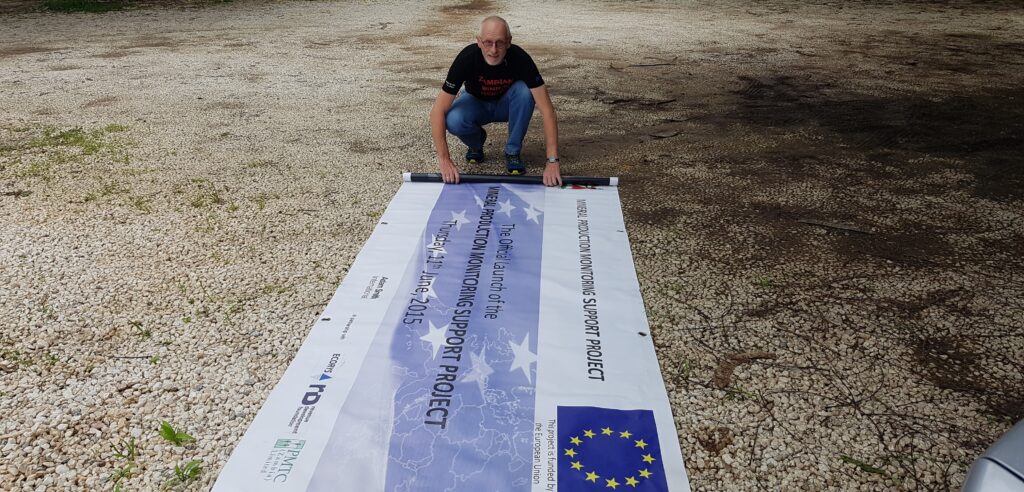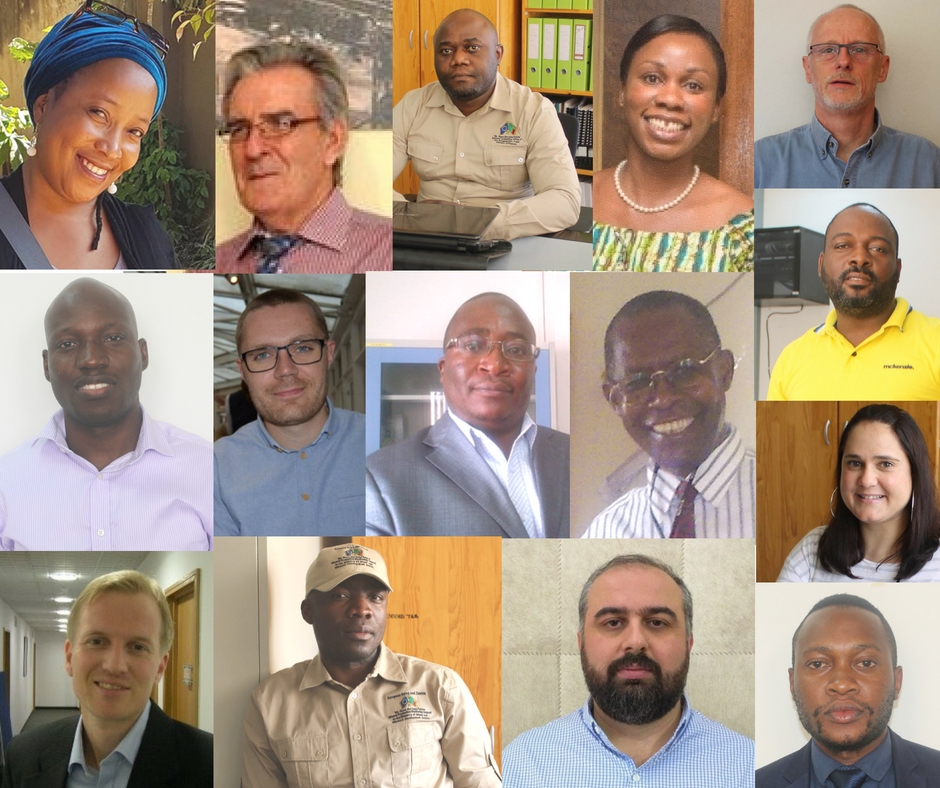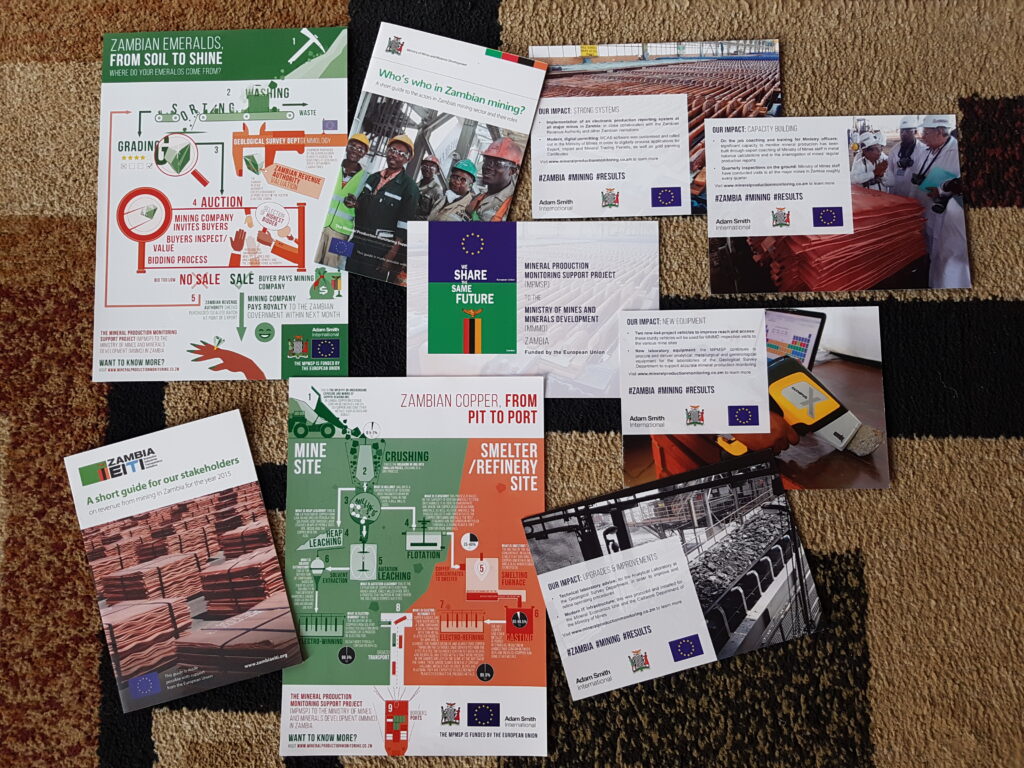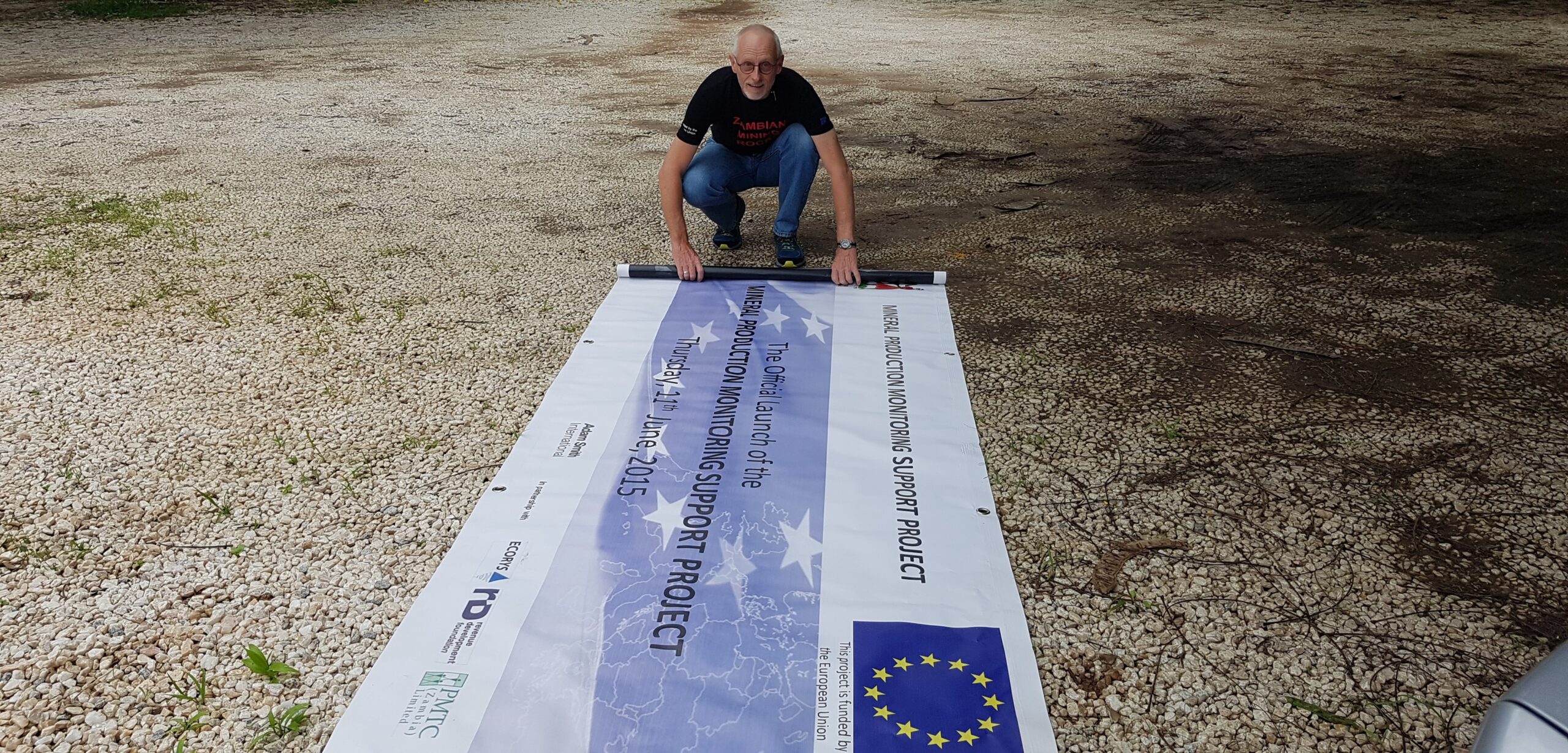This is a question that I have asked myself and others over the past 15 years or so. After you’ve read my comments below, I would like to get your feedback, too.
Early during 2019, the EU-funded Mineral Production Monitoring Support Project (MPMSP) came to an end here in Zambia. I had the real pleasure of being the Team Leader on this project. It was a pleasure to work for Adam Smith International (ASI), the leader of the consortium, and to collaborate closely with the other consortium members, Revenue Development Foundation (RDF), Ecorys (UK) and their subsidiary PMTC (Zambia) Ltd.
It’s not abnormal for this to happen, perhaps it’s due to all the alphabet soup in project and company names, but this project eventually became known as “the EU project” or even “Ron’s project” by people in the country and in the Ministry of Mines and Minerals Development.

I accept that as Team Leader one becomes the face of a project and quite often I was the person presenting results and discussing progress. However, a mere face cannot achieve anything, and project results come from hard work and real collaboration within the project team, with the companies in the consortium executing the project, with the client and also with the donor agency. It’s important to liaise, to lobby, to cajole, etc., all to ensure that everybody remains on the same page of a developing story. The MPMSP was no exception, I was privileged to lead an excellent team with very qualified, dedicated and pleasant people. A very diverse team, too!

We believe that we have made a meaningful contribution to the quality of mineral production reporting in Zambia and to the capacity of government agencies monitoring the same. It is however always good to critically look at one’s efforts and achievements, after the project has ended. The world out there is often critical of these donor-funded interventions and this is understandable. We owe it to the various taxpayers whose money is spent on such a project, to ensure that our impacts are sustainable and remain to have value over a long period of time.

So, what do I think we actually achieved? To be very brief, the following:
- Much improved quality in the monthly reporting of mineral production by the mining industry in Zambia;
- Greater appreciation of the process to verify production reports, to do metal balancing and to correlate between production reports, royalty payments and export permits;
- Improvements to the Geological Survey Department GSD’s laboratory systems and infrastructure, including training and the procurement of modern laboratory equipment;
- A greater understanding of the respective roles to be played by the Ministry of Mines and Minerals Development MMMD, the Zambian Revenue Authority ZRA and the private sector;
- An improved understanding generally, of the Zambian chapter of the Extractive Industries Transparency Initiative ZEITI and the data that it publishes;
- In short, improved governance over the sector and the revenue that the state collects from industry.
But how durable are these gains? The critical ones among us will expect that another donor-funded project will attempt to do the same or similar, in a few years’ time. This expectation, not unique to Zambia in any way, is unfortunately supported by past experience. So how do we ensure the maximum and long-term impact of project outcomes? Donors like the EU and others already have measures in place to independently assess project results and these assessments should guide towards improved achievements in other, future projects. But how do we ensure the durability of THIS project’s impacts? I would love to hear your comments, but I think that some of the answers can be found here:
- Staying engaged with the client (MMMD, in this case) after the project has ended. Speaking personally, it’s something that I enjoy doing, but it might be a good idea, structurally, for multilateral agencies like the EU, WB, etc., to budget for a slim “tail” at the end of a project. One or two of the project experts could interact with the client on a regular basis to monitor and assist. This might even be a useful way for the donor agency and the client to understand where future projects might be useful (or not necessary) within the host country;
- During the project, creating deep collaboration between the project’s team members and the client, even to the extent of establishing strong personal relationships. Such relationships can be very useful afterwards, to provide ad hoc support when needed;
- In general, I would also argue for longer-term projects that encourage different ways of doing things, rather than shorter-term projects that procure and deliver equipment, even though multilateral organisations understandably need to see something visible to justify their expenditure.
What are your own thoughts on this issue?

